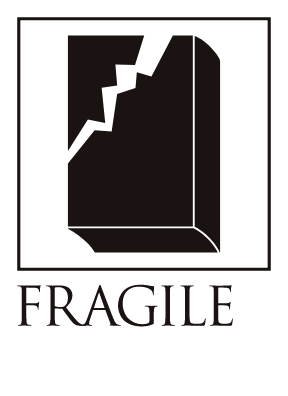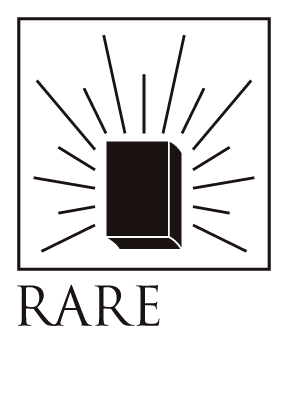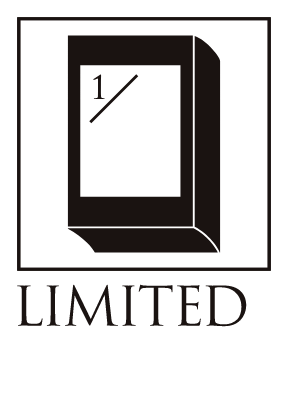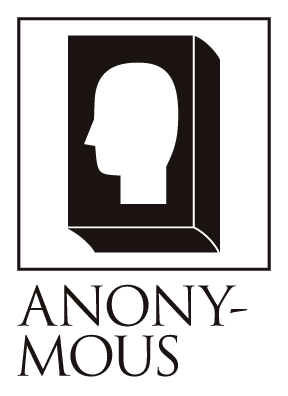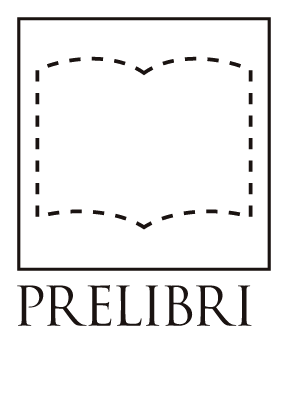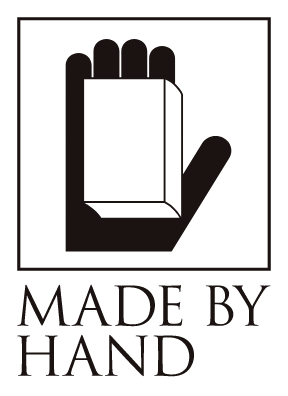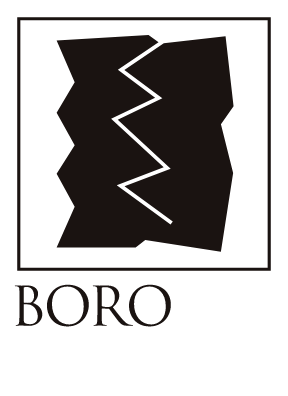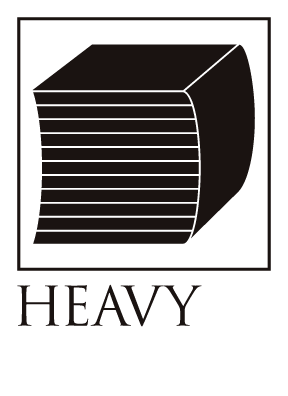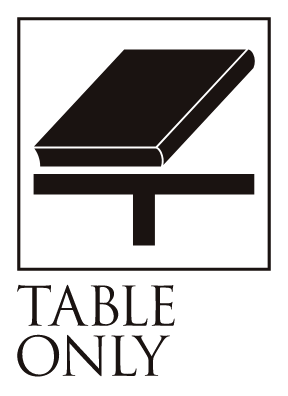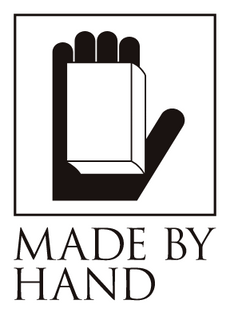Soseki's binding art scrapbook
Bibliographic Details
- Title
- Scrapbook of Design & Illustration from the original books of Soseki Natsume / 漱石本の装丁美術スクラップブック
- Author
- Anonymous / 作者不明
- Artist
- Soseki Natsume/ 夏目漱石
- Year
- About 1917 / 大正6年頃
- Size
- h274 × w380mm
- Weight
- 1430g
- Pages
- 77
- Language
- Japanese / 日本語
- Binding
- Unbound / 未綴じ
- Materials
- Paper / 紙
- Edition
- Unique / 1点もの
- Condition
- Binding has partial loss and burning. / 装丁の部分的な欠損や焼けあり
Scrapbook-style collection of cut and pasted binding, illustrations, and back matter of Soseki Natsume's books published from 1907 to 1917 / 明治40年から大正6年までに発行された夏目漱石の装丁・挿画・奥付などを切り貼りしたスクラップ形式のコレクション。
Natsume Soseki's
A collection of bindings and illustrations only
partialityScrapbook.
A new year has arrived. At the beginning of 2023, we would like to introduce a very unique collection related to Natsume Soseki, an indispensable author in the history of modern Japanese literature and the king of the royal road, but which stands out from the general collections in the literature category. To briefly explain the items, they are books published by Natsume Soseki from his debut in the literary world in the Meiji period to the mid-Taisho period, with only the binding parts around the covers, the designed endpapers and frontispieces, illustrations, and bibliographic information such as prefaces and colophons peeled off, cut out, and glued to mounts. The number of books is 15, and the number of mounts is 76 B4 size sheets and 1 B5 size sheet, totaling 77 sheets.
Many of his books are in the Kiku format, which is slightly larger than the Shiroku format, and although these plates are only of the binding, they still have the heavy presence that is characteristic of Soseki's books. Most of the binding, illustrations, and frontispieces are multicolor woodblock prints, and when you see each one as a plate, it becomes clear that they are of such high quality that it would not be out of place to call them independent works. This is no surprise, as a number of renowned painters and designers were involved in the binding and illustrations of Soseki's books, befitting a top-class, best-selling author representing the literary world of the time.
The lineup of 77 cards is as follows:
There are 17 illustrations from the three volumes of "I am a cat" which Hashiguchi Goyo, Nakamura Fusetsu and Asai Chu were involved in, 15 illustrations from "Yokyoshu" by Hashiguchi and Nakamura, 6 illustrations each from "Uguisu Kago" and "Kusaai" by Hashiguchi, 5 illustrations each from "Higan-gaki Made" by Hashiguchi and "Meian" by Tsuda Seifu, 4 illustrations each from "Sanshiro", "Kyoujin" and "Gubijinso" by Hashiguchi, 3 illustrations each from "Mon", "Sorekara" and "Yonpen" by Hashiguchi, and 2 illustrations from "Garasuto no Naka" which Soseki bound himself. This may be preaching to the choir for readers of FRAGILE BOOKS, but Hashiguchi Goyo is a painter and book designer known for his Art Nouveau style bindings. For the Western painter and calligrapher Nakamura Fusetsu, the illustrations in "I am a cat" which are included in this collection are considered his masterpiece. Asai Chu was a Western-style painter and educator, and early in the Meiji and Taisho eras, he published collections of his works and designs. Tsuda Seifu was a painter and calligrapher, and last year an exhibition was held at the Shoto Museum of Art. As well as the visual elements, the colophons that remain attached to the mounts tell us that two of the books, "Mon" (1911) and "Meian" (1917), are first editions, while the others are reprints or reprints up to 12th edition, and that the publication dates of the books used fall within a roughly 10-year period between 1907 (1907) and 1917 (1917).
As you may know, there is a search site called "Japanese Used Bookstores" where used books, second-hand books, and old magazines are listed by dealers who are members of the Japanese antiquarian book association. When I searched on this site, I found that the first edition and complete copy of "The Gate" was priced at over 200,000 yen, and "Light and Darkness," which is also a first edition and complete copy and is said to have relatively many copies remaining, was priced at around 100,000 yen. I can't imagine that anyone would try to put a cutter or scissors into a book that costs over 100,000 yen these days. It would be an impossible collection to make now.
The handwritten name tags attached to the mounts by the previous owners are old-fashioned, and the cutting is done in a very casual way. Some of the books appear to have had fading on the spines or chipped parts from the original binding stage, and it seems that these books were created in an era when Soseki's books were not vintage or antique, but were still easy to buy as used books. When it comes to collector's items that generally accompany writers, especially literary writers, the first thing that comes to mind is probably a first edition. The somewhat virgin cult of collecting literary books, which believes that first editions are of course good, and that complete and beautiful copies are even better, has supported the Japanese used book market for a long time. Aside from handwritten items such as manuscripts and letters, many people may wonder what else there is in the literary book category other than collecting first editions or limited editions that are beautiful and highly attractive. However, it seems that the previous owner of this collection was only interested in one thing: the artistic and design elements found in Soseki's books.
For example, there are many collectors of books bound by Komura Setsutai and Takehisa Yumeji, but I have never seen anyone who has taken the trouble to remove the book-like parts from the book, cut them out, and paste them together to preserve them. For book lovers and literature lovers, the act of dismantling books, as seen in this collection, is barbaric and should not be considered a book lover.
To digress a little, Natsume Soseki, a great writer who was popular from the time of his debut and quickly rose to become a national author, has many interesting collector's items other than first editions. For example, manuscript paper with mistakes. Even a few lines of Soseki's own writing on a piece of manuscript paper with "Soseki-sanbo" printed on it would sell for more than tens of thousands of yen. That shows that there are still many people who want them.
Other examples include collectors of "Wagahaimono" (I Am a Cat), which was inspired by the success of "I Am a Cat" - if you limit the collection to the period between 1905, when "Cat" was published, and 1945, when World War II ended, you can find titles such as "I Am a Cat-Masked Person," "I Am a Dog," "I Am a Mouse," "I Am a Silkworm," and "I Am Mussolini" - and stories of people who choose one work and collect all kinds of books without being bound by era or form of expression may be relatively well known. In the past, our small shop also had a customer who tried to collect all the stamps used by the Natsume family.
It is said that Soseki's novels serialized in the Asahi Shimbun were read by the printers in the newspaper from the first page of the printout. Among them, a clever person appeared who, to ease the boredom of waiting for the novel to be published, printed an extra copy of the typeset plate before it was released, and bound it together after the serialization ended to create a simple booklet. Only a few dozen copies were made, and it is said that only a very small number of them have survived to this day. This booklet was later called the "in-house version" and became one of the rare books related to Soseki. I have only once been successful in purchasing the "in-house version" at the request of a customer, and although it was a very modest version, it fetched a great price worthy of being called a rare book. I was humbled by the bid result, which was far from commensurate with its appearance, but I will never forget the words the client said to me - "This is a book made by people who were so eager to read it that they went to such lengths. It may be the happiest book in the world."
This is not something a secondhand bookshop with almost no knowledge of literary books can say, but I think it would not be surprising if there were any kind of collector, especially when it comes to Natsume Soseki, who has many admired readers to this day. I still don't know the circumstances or motives behind the creation of this collection, but I imagine that there must have been some kind of ineffable reason or compelling impulse behind this series of scraps, which went as far as to dismantle books, a "forbidden territory for book lovers." Looking at the 77 plates with this in mind, even the seemingly careless cutting appears to be clumsy and done with the utmost love.
Text by Masago Sato
>Click here for Natsume Soseki's "In-house Edition" https://serai.jp/hobby/75253
